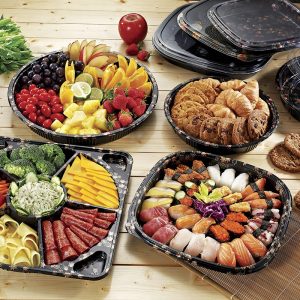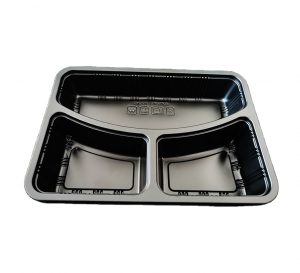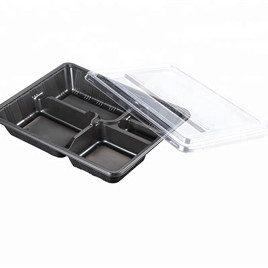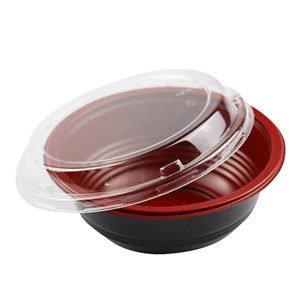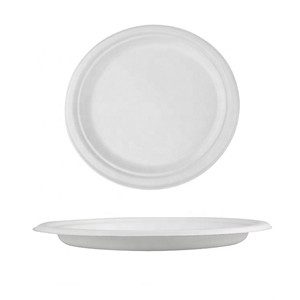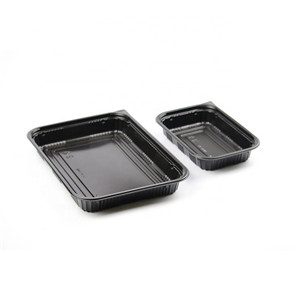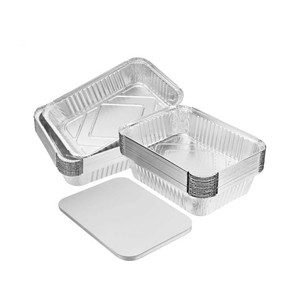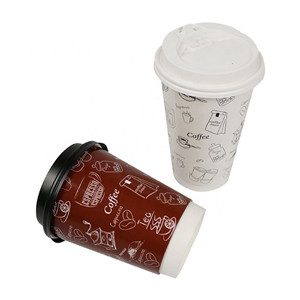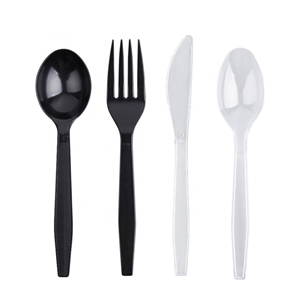A delicacy with just the right bite, let the sour, sweet, bitter, spicy and salty bloom on the tip of the tongue. For foodies, the greatest joy is to eat hot food! The key to food, in addition to the taste of the food itself, the seasonings also contribute. Today, Giant Packaging will explain the selection of seasoning packaging materials, the best seasoning, and of course the most suitable material.
Seasoning packaging bags need to have barrier properties, physical and mechanical properties, and sanitary properties.
First of all, barrier properties. It is mainly oxygen barrier. If there is too much oxygen in the packaging bag, it will cause the ingredients in the seasoning to be decomposed, and then problems such as mold and bag swelling will occur.
Secondly, physical and mechanical properties. The thickness of the packaging bag should be uniform, and the flexibility should meet the requirements to prevent the composite bag from being grease-resistant, and the composite fastness between the layers of the composite film will decrease, and even the packaging bag delamination and barrier properties will decrease. At the same time, it must be resistant to high temperatures, because some seasoning packages need to be cooked together with the food. If the finished packaging bags are cooked and sterilized as a whole, the packaging bags have poor high temperature resistance, which will cause problems such as delamination, shrinkage, and bag breakage of the packaging bags after retorting and sterilization.
Finally, sanitary performance. Seasonings are foods directly consumed by consumers. If there are too many solvent residues in the packaging bags, it will cause the packaging bags to have peculiar smell, and the residual solvents are more likely to migrate to the seasonings in high temperature environments, causing them to have peculiar smells and affecting the health of consumers .
There are many materials that meet these requirements. At present, the common seasoning packaging film materials mainly include the following:
PE co-extruded black and white film with barrier resin material: It has good gas barrier properties and flexibility, and is often used for packaging liquid seasonings such as soy sauce and vinegar.
KPET/PE: It has good heat resistance, gas barrier properties and heat-seal performance (including heat-seal strength and airtightness). It is often used for food packaging of sauces (such as bean paste, noodle paste, etc.). It can be used at 80-90°C. Retort and sterilize at a temperature of 100°C.
KOP/PE, KPET/PE, KPA/PE, PET/Al/PE, BOPA/EVOH/PE, PA/PE, PA/PE/Al/PE: Has good barrier properties, including oxygen barrier, fragrance, grease, etc. , It has high strength (no bag breakage, no leakage of liquid) and retort resistance. It is often used for soup packaging. Among them, the barrier properties of packaging materials containing KPET, KPA, Al, and EVOH are stronger than other materials, but the price is slightly higher.
KPA/LLDPE, BOPA/VMPET/LLDPE, PET/Al/PET/LLDPE, PET/VMPET/LLDPE, PET/Al/LLDPE: KPA, Al, VMPET are all high barrier materials, with excellent oxygen and water barrier, but The Al layer is properly kept away from the inner layer to prevent corrosion by the content. LLDPE (or EVA) has good sealing pollution resistance. Therefore, the overall strength of the material is high, the shelf life is long, oxidation resistance, corrosion resistance, and sealing pollution resistance are good. The above materials are available It is used in the packaging of sauces, sauces, high-fat liquids or semi-solid seasonings.
